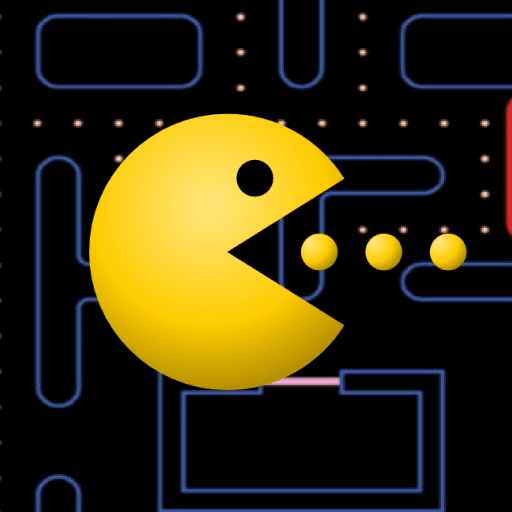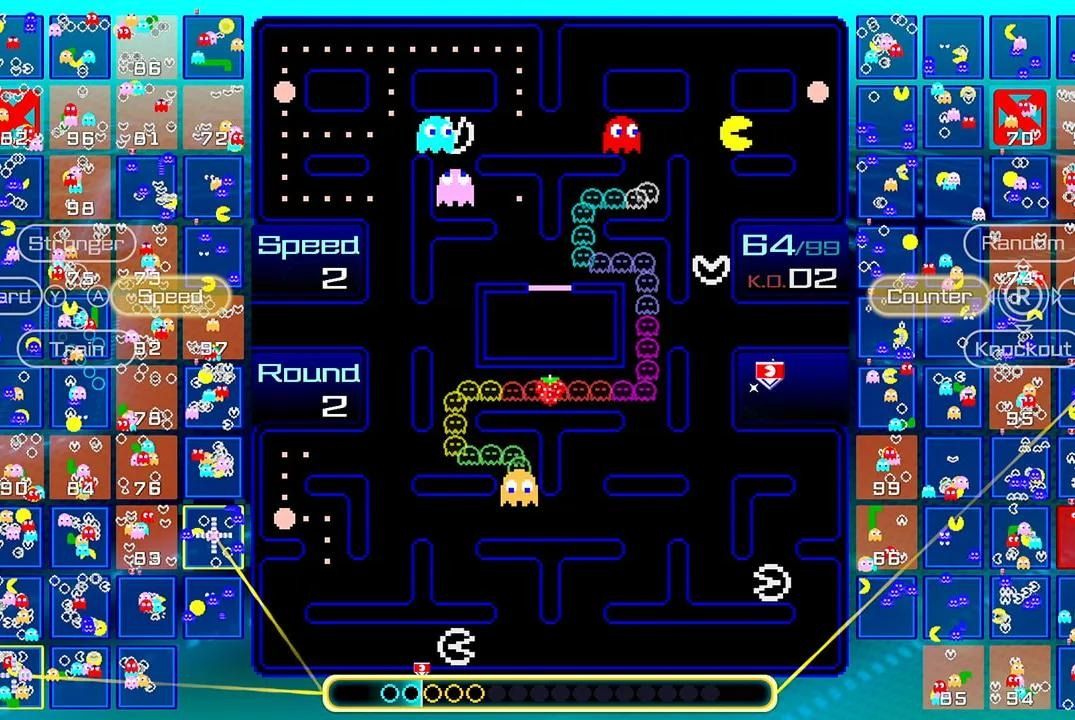

Welcome to the world of Pac-Man, where the eternal arcade maze mayhem continues to captivate gamers across generations. In this article, we’ll dive deep into the iconic yellow character that has been chomping dots and evading ghosts for over four decades. Whether you’re a nostalgic fan or a curious newcomer, pacmanunblocked.com offers the perfect platform to experience this timeless classic. Get ready to relive the 80s arcade sensation and discover why Pac-Man remains a beloved figure in gaming culture.
Pac-Man, the legendary maze-chase game, first burst onto the arcade scene in 1980, forever changing the landscape of video games. Developed by Namco and designed by the visionary Toru Iwatani, Pac-Man was conceived as a refreshing alternative to the space shooters that dominated the era. Inspired by the shape of a pizza with a slice missing, Iwatani created a character that would appeal to a broader audience, including women, who were often overlooked in the male-dominated gaming industry of the time.
The game’s premise is deceptively simple: guide the yellow, circular protagonist through a maze, gobbling up dots while avoiding four colorful ghosts. However, beneath this straightforward concept lies a perfectly tuned game of strategy, timing, and reflexes. Pac-Man’s enduring popularity can be attributed to its perfect balance of accessibility and depth, allowing players of all skill levels to enjoy the game while offering room for mastery and high-score chasing.
As Pac-Man gained popularity, it quickly transcended its arcade origins. The game was ported to various home consoles and computers, ensuring that players could enjoy the maze-munching action in the comfort of their homes. Sequels, spin-offs, and variations followed, including Ms. Pac-Man, which introduced new mazes and improved ghost AI. The franchise expanded into television shows, merchandise, and even a hit song, “Pac-Man Fever,” which reached the Billboard Hot 100 charts in 1982.
Today, Pac-Man continues to evolve, with modern iterations incorporating new gameplay elements while staying true to the core experience. The availability of Pac-Man on platforms like pacmanunblocked.com ensures that this iconic game remains accessible to new generations of players, allowing them to experience the magic that has captivated gamers for over 40 years.
At its core, Pac-Man’s gameplay revolves around navigating mazes, collecting dots, and avoiding ghosts. However, mastering the game requires a deep understanding of its intricate mechanics and the development of advanced strategies. Let’s explore the key elements that make Pac-Man a timeless challenge:
Each level in Pac-Man presents a unique maze filled with dots, power pellets, and occasional fruit bonuses. The primary objective is to clear all the dots without being caught by the ghosts. Power pellets, located at the corners of the maze, temporarily allow Pac-Man to turn the tables on his pursuers, making the ghosts vulnerable and edible for a short period.
The maze design is crucial to the game’s difficulty progression. As players advance through levels, the layout becomes more complex, with tighter corridors and fewer escape routes. This increasing complexity, combined with the ghosts’ improved behavior, creates a constantly evolving challenge that keeps players on their toes.
One of Pac-Man’s most innovative features for its time was the distinct personalities and behaviors of the four ghosts: Blinky (red), Pinky (pink), Inky (cyan), and Clyde (orange). Each ghost follows a unique algorithm that determines its movement and targeting strategies:
Blinky, often called “Shadow,” directly pursues Pac-Man, becoming faster as fewer dots remain on the board. Pinky, known as “Speedy,” aims to position itself in front of Pac-Man’s mouth. Inky, the “Bashful” ghost, uses a more complex algorithm that considers both Pac-Man’s position and Blinky’s location. Clyde, nicknamed “Pokey,” alternates between chasing Pac-Man and retreating to a corner of the maze.
Understanding these behaviors is crucial for developing effective strategies. Experienced players learn to predict ghost movements, use the maze layout to their advantage, and make split-second decisions to outmaneuver their pursuers.
As players become more proficient, they can employ advanced techniques to maximize their scores and survival times. These include:
Pattern memorization: Learning optimal routes through each maze to efficiently collect dots and power pellets.
Ghost manipulation: Baiting ghosts into predictable patterns or using their behavior quirks to create safe passages.
Tunnel tactics: Utilizing the wrap-around tunnels strategically to escape tight situations or set up scoring opportunities.
Timing power pellet consumption: Maximizing ghost-eating opportunities by carefully timing when to consume power pellets.
Fruit collection: Balancing the risk and reward of collecting bonus fruits that appear in the maze.
Mastering these techniques can elevate a player’s performance from merely completing levels to achieving high scores that stand the test of time on leaderboards at pacmanunblocked.com and other Pac-Man platforms.
Pac-Man’s influence extends far beyond the realm of video games, cementing its status as a cultural icon that has left an indelible mark on popular culture. From its inception in 1980, Pac-Man quickly became a global phenomenon, transcending age, gender, and cultural boundaries. Let’s explore the various ways in which this yellow, dot-munching hero has shaped our world:
The success of Pac-Man in arcades quickly led to its expansion into other forms of media. In 1982, Hanna-Barbera produced an animated television series based on the game, which ran for two seasons and introduced memorable characters like Pac-Man’s family and the ghost monsters’ leader, Mezmeron. The show’s popularity further solidified Pac-Man’s place in the public consciousness, especially among younger audiences.
Music was another arena where Pac-Man made its mark. The novelty song “Pac-Man Fever” by Buckner & Garcia became a surprise hit, reaching number 9 on the Billboard Hot 100 chart in 1982. The song’s success led to an entire album of video game-inspired tracks, showcasing the growing influence of gaming culture on mainstream music.
In film and television, Pac-Man has made numerous cameo appearances over the years, from being featured in shows like “Futurama” and “The Goldbergs” to playing a significant role in the 2015 movie “Pixels.” These appearances not only serve as nostalgic references for older viewers but also introduce the character to new generations.
Pac-Man’s success had a profound impact on the video game industry. It demonstrated that games could appeal to a wide audience, including women, who had previously been underrepresented in gaming. This shift in perspective influenced game design and marketing strategies for years to come.
The game’s simple yet addictive gameplay inspired countless maze chase games and established many conventions that are still used in game design today. Pac-Man’s success also contributed to the golden age of arcade gaming, driving innovation in both hardware and software development.
In the realm of technology, Pac-Man has been used as a benchmark for artificial intelligence research. Developing AI that can play Pacman at a high level has been a challenge for computer scientists, as it requires a combination of pathfinding, decision-making, and predictive capabilities.
The iconic design of Pac-Man and the ghosts has become a staple of pop art and graphic design. The simple, recognizable shapes have been incorporated into countless artworks, from street graffiti to high-end gallery pieces. Fashion designers have also drawn inspiration from Pac-Man, creating clothing and accessories that feature the game’s characters and imagery.
In the world of logo design, Pac-Man’s influence can be seen in the use of simple, geometric shapes and vibrant colors.